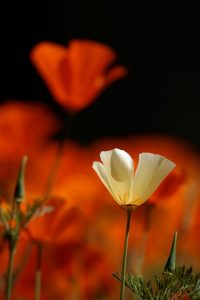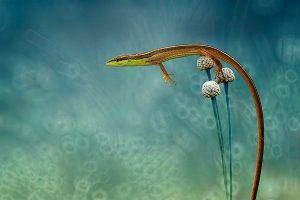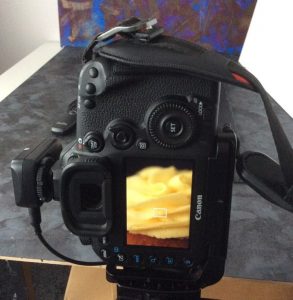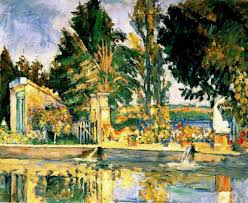whole family
Sit down
 Sit down, meditate and watch
Sit down, meditate and watch
Photographing flowers is a good reason to meditate. Try to find a place away from people (if possible), sit down and relax. Do not immediately grab the camera in your hands and do not start shooting immediately. Take your time! Feel the aromas, learn the structure, color and shapes.
Take a look around, try to find a few possible frames around you, without moving. It works for me! Visualize possible pictures and imagine how everything will look together at the end of the photo shoot.
Take a look around, try to find a few possible frames around you, without moving. It works for me! Visualize possible pictures and imagine how everything will look together at the end of the photo shoot. Continue reading
SIX FUNDAMENTAL MACRO PRINCIPLES
 Macro photography is sometimes mistakenly called “close-up photography” in photography. This statement cannot be considered fundamentally false, but if you use it, then very many may consider you an amateur. In the classical sense, macro photography is called shooting at a scale of 1: 2 – 20: 1 (that is, 1 centimeter of the image on the photosensitive material of the camera corresponds to 2-0.05 centimeters of the object). As a rule, macro subjects are very small – most often they are insects or flowers.
Macro photography is sometimes mistakenly called “close-up photography” in photography. This statement cannot be considered fundamentally false, but if you use it, then very many may consider you an amateur. In the classical sense, macro photography is called shooting at a scale of 1: 2 – 20: 1 (that is, 1 centimeter of the image on the photosensitive material of the camera corresponds to 2-0.05 centimeters of the object). As a rule, macro subjects are very small – most often they are insects or flowers.
Larger objects can also be interesting for macro shots if, for example, a photographer wants to focus on some very specific, smaller details of a large object. Continue reading
ADVANTAGES OF USING A WIRELESS REMOTE CONTROL
 Shooting with a wireless remote control significantly expands the capabilities of the photographer, brings much more flexibility to the work. Touching the camera directly is sometimes not practical or even impossible. In addition, simply pressing the shutter button with your hand can cause the camera to vibrate and shake, which wildegrade image quality.
Shooting with a wireless remote control significantly expands the capabilities of the photographer, brings much more flexibility to the work. Touching the camera directly is sometimes not practical or even impossible. In addition, simply pressing the shutter button with your hand can cause the camera to vibrate and shake, which wildegrade image quality.
The ability to use the camera while being at a distance has many advantages. You can use the cable, of course, but you will still be limited by its length (and add more security problems), although this is a budget option. But still, no one wants to trip over the cable and pull the tripod and camera for it, and in the end break everything up. Continue reading



